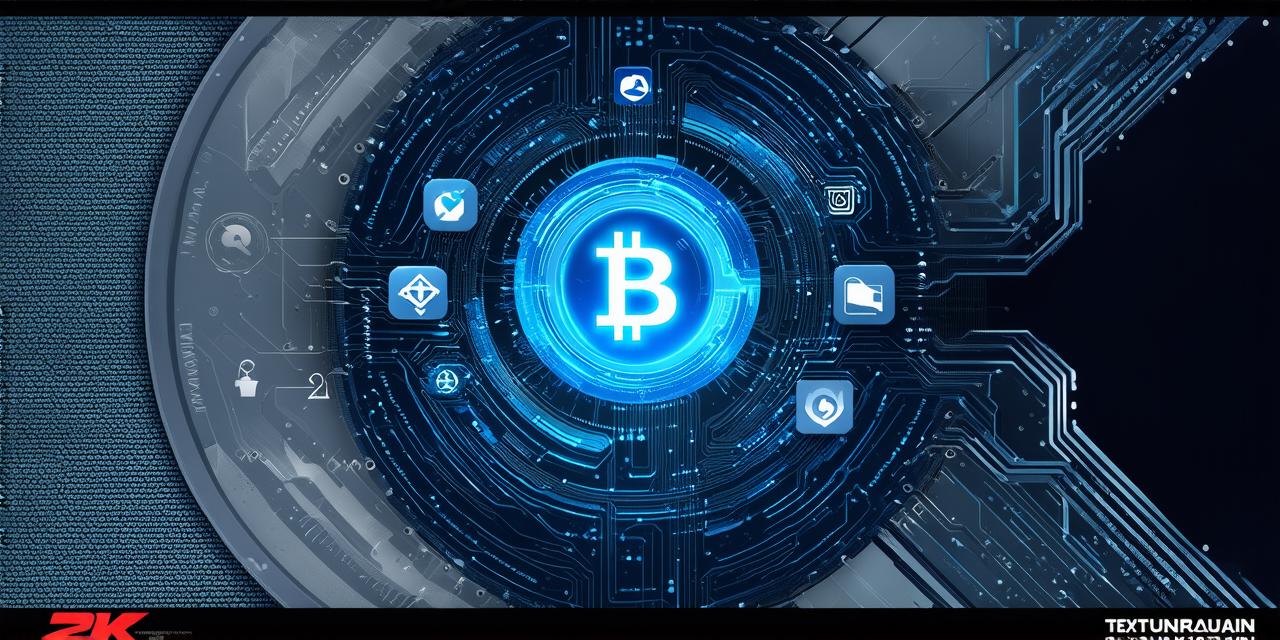How to start blockchain startup
Are you a blockchain developer looking to start your own startup? You’re not alone. The blockchain industry is rapidly growing, and many entrepreneurs are drawn to the potential of this technology to revolutionize various industries. However, starting a blockchain startup can be challenging, especially if you don’t have a clear plan or understanding of the market. In this guide, we will walk you through the steps to start a successful blockchain startup, from idea generation to marketing and funding.
Idea Generation: The First Step
The first step in starting a blockchain startup is generating an idea. However, not all ideas are created equal. To increase your chances of success, it’s crucial to focus on problems that the blockchain can solve effectively. Here are some steps to help you generate ideas for your blockchain startup:
- Identify pain points in your industry or market. What are the most significant challenges faced by businesses or individuals in your niche? Are there existing solutions that fail to address these issues?
- Research blockchain technology and its applications. Understand how blockchain can be used to solve problems and create new opportunities. You can use case studies or personal experiences to help you generate ideas.
- Brainstorm potential solutions using the problem-solution approach. Think about how you can leverage the blockchain to address the pain points identified in step one.
- Validate your idea by conducting market research. Research your target audience’s willingness to pay for your solution, assess the competition, and evaluate your startup’s potential growth.
Market Analysis: Understanding Your Target Audience
Once you have a clear idea of what problem your blockchain startup is trying to solve, it’s time to conduct market analysis. This step involves understanding your target audience, their needs, and the competition. Here are some steps to help you analyze the market for your blockchain startup:
- Define your target audience. Identify who will benefit most from your solution and what their pain points are.
- Conduct surveys or interviews to gather data on your target audience’s needs and preferences. Use this data to create buyer personas that represent your ideal customers.
- Research the competition. Analyze other blockchain startups in your market, understand their strengths and weaknesses, and identify areas where you can differentiate yourself.
- Assess the potential growth of your startup. Evaluate the size of the market for your solution, estimate revenue projections, and assess the potential return on investment.
Product Development: Building Your Blockchain Solution
With your idea validated and target audience understood, it’s time to start building your blockchain solution. Here are some steps to help you develop a successful product:
- Choose the right blockchain platform. There are various blockchain platforms available, each with its strengths and weaknesses. Choose the platform that best suits your needs and development team’s expertise.
- Develop a minimum viable product (MVP). An MVP is a basic version of your solution that provides enough functionality to test your idea with potential customers. You can use this feedback to refine your product and iterate on future releases.
- Ensure security and scalability. Blockchain is only secure if it’s built correctly, so it’s crucial to prioritize security from the outset. Additionally, ensure that your solution can scale as demand grows.
- Test and launch your product. Conduct thorough testing to identify and fix any bugs or issues with your product. Once you’re confident in your solution, launch it to the public and start marketing.
Marketing and Funding: Attracting Customers and Investors
With your blockchain solution launched, it’s time to attract customers and investors. Here are some steps to help you market your startup and secure funding:
- Build a strong brand identity. Develop a compelling brand message that resonates with your target audience. Use social media, content marketing, and other digital channels to build your brand and raise awareness of your product.




